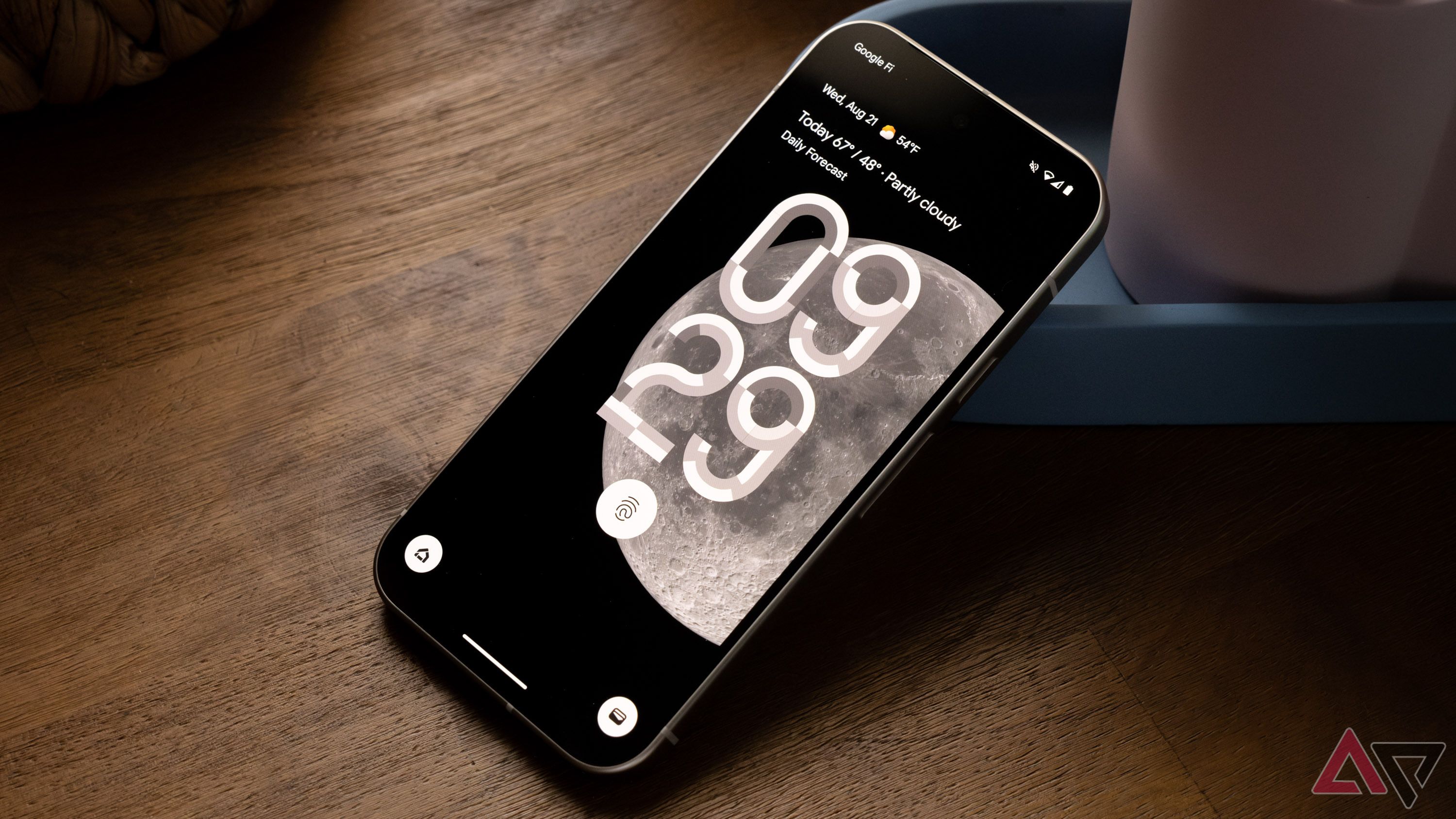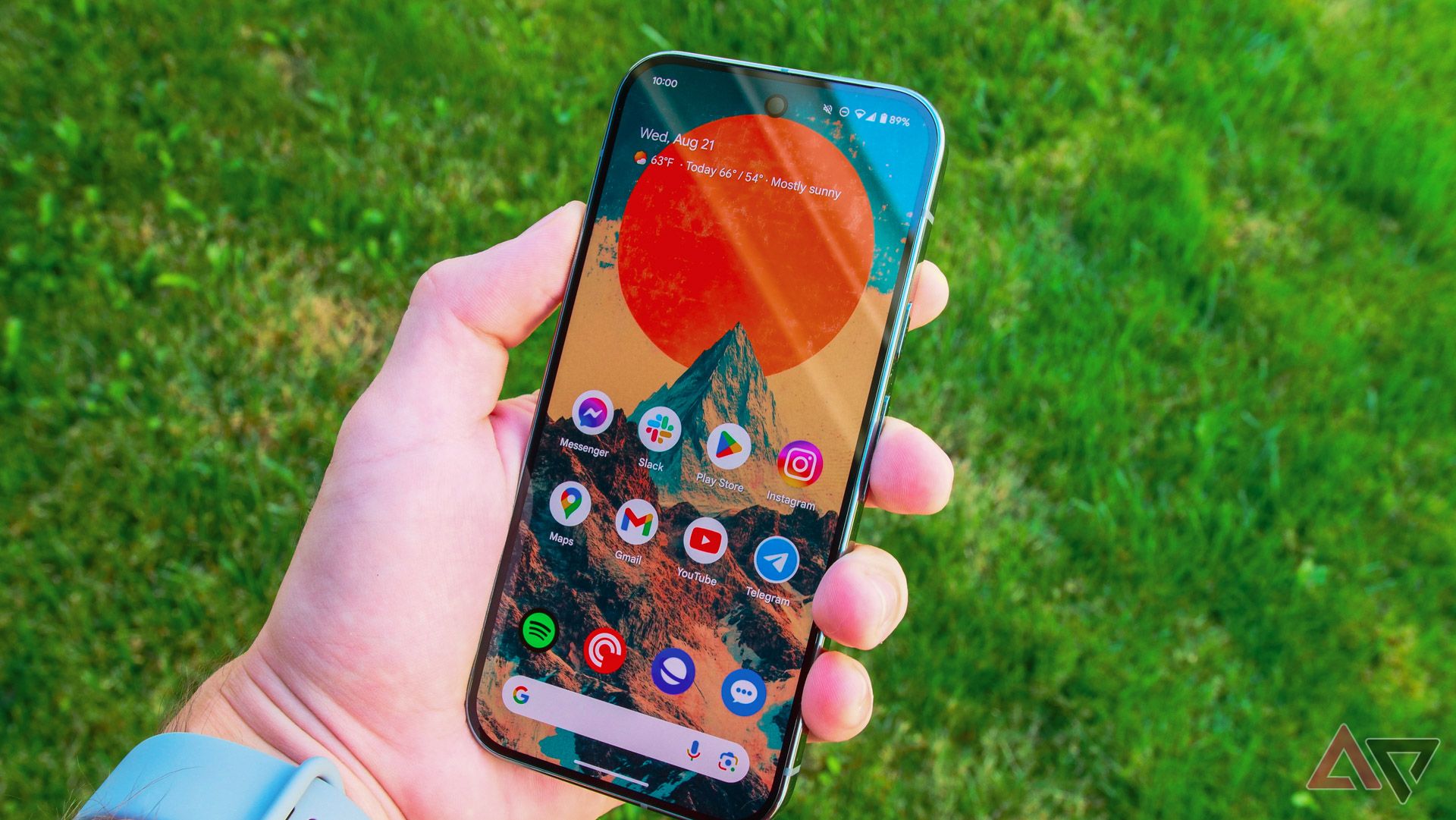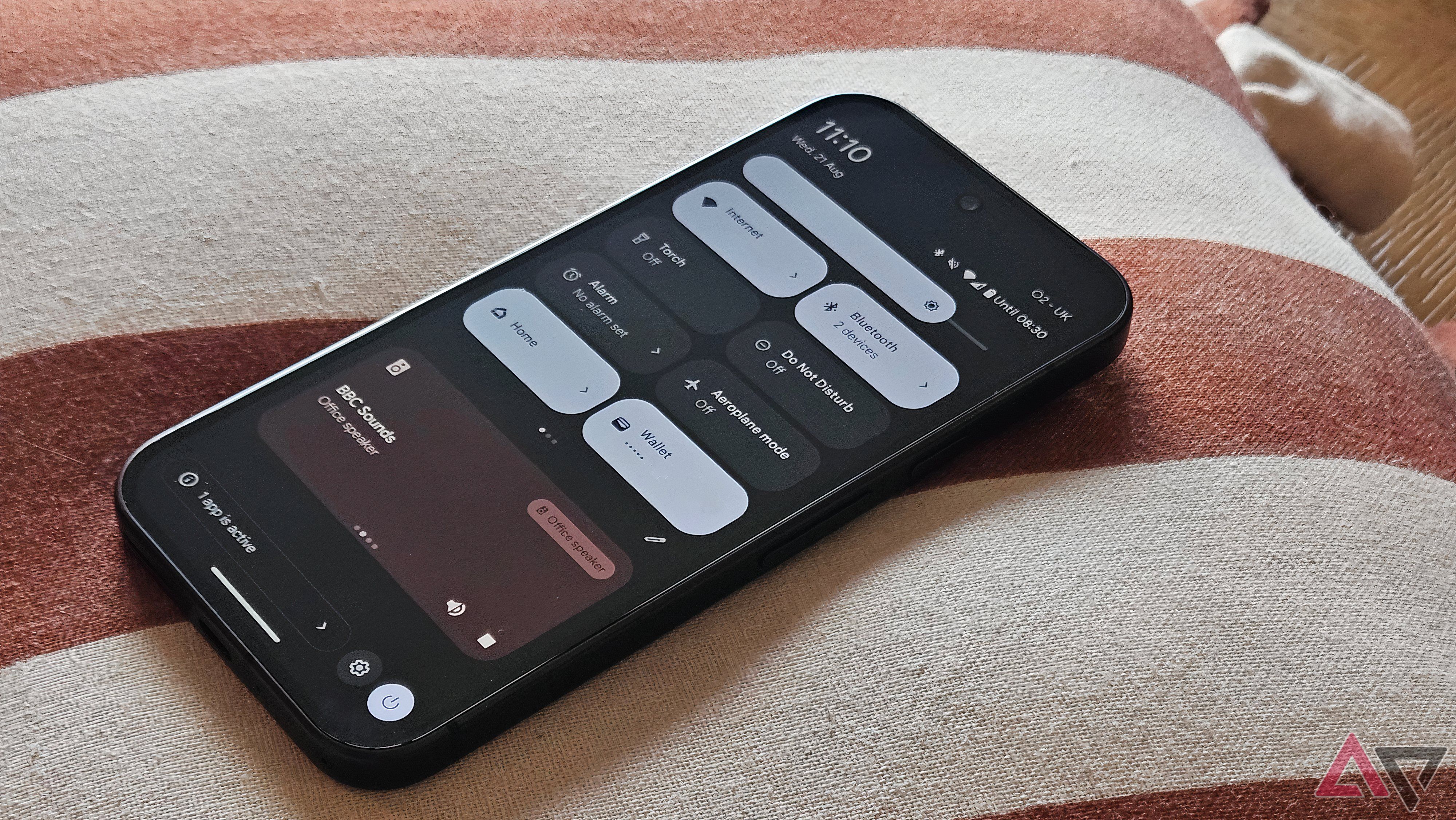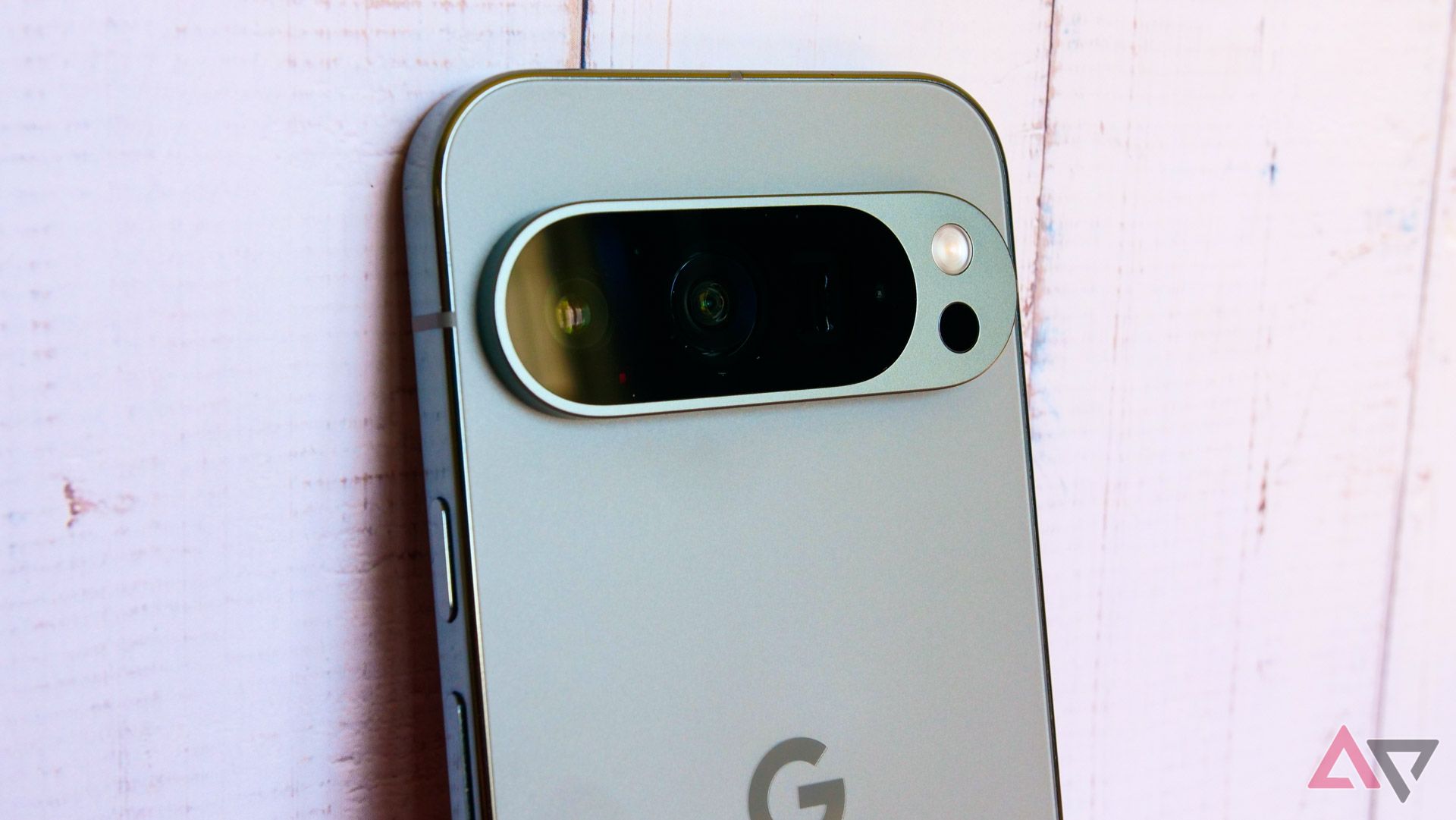-
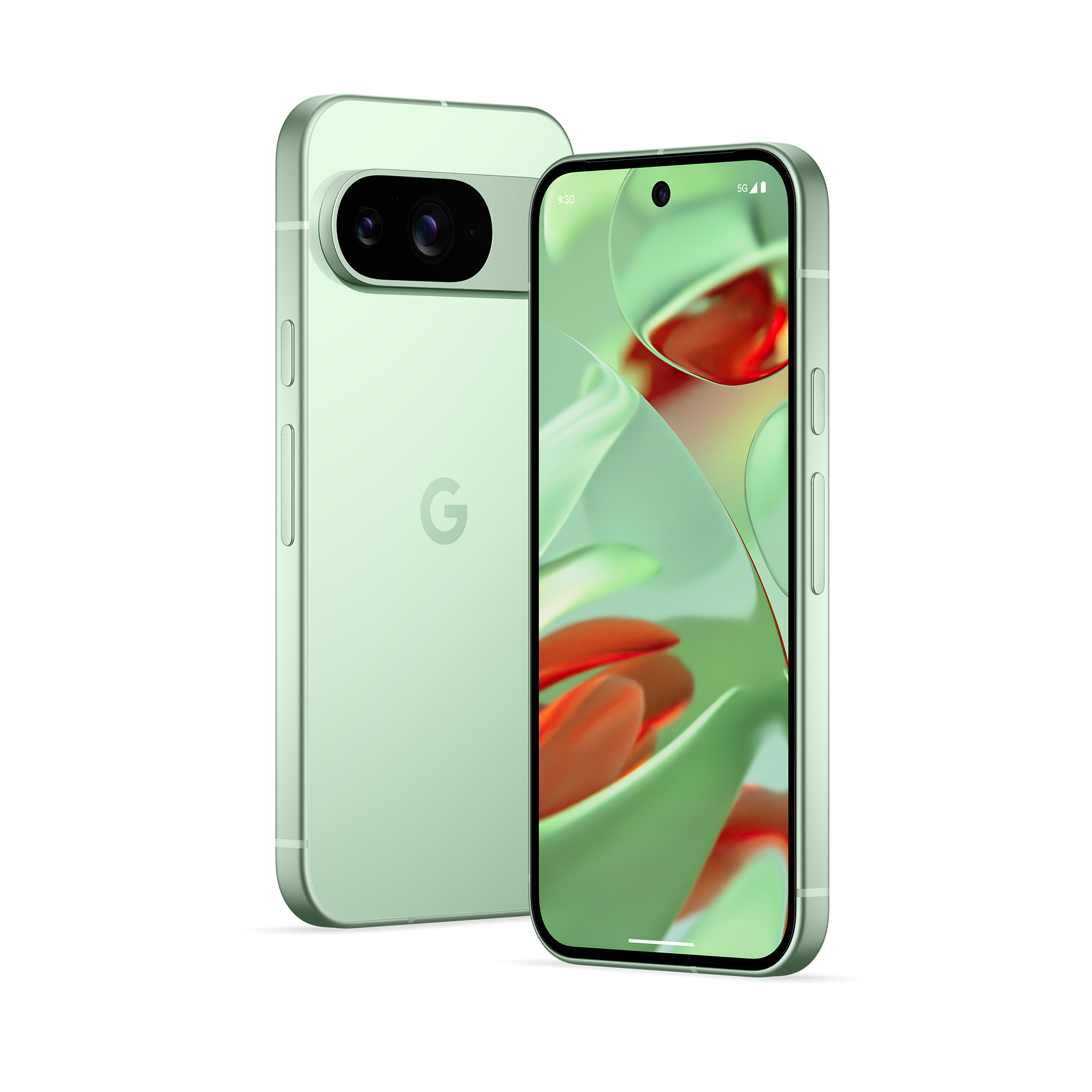
Most affordable Pixel 9
Google Pixel 9
The Pixel 9 is a direct successor to the Pixel 8 and the cheapest Pixel phone outside the A-series in Google’s smartphone lineup.
Pros- Solid performance
- Beautiful display
- More affordable
Cons- Lacks telephoto camera and Pro camera controls
-

Google’s Goldilocks flagship
Google Pixel 9 Pro
The Pixel 9 Pro is Google’s premium model with a relatively small form factor. It adds a telephoto shooter, pro camera features, and much more over the regular Pixel 9.
Pros- Telephoto camera and Pro features
- More RAM and vapor chamber cooling
- LTPO OLED display
Google’s brand-new Pixel 9 lineup is one of the most exciting in recent years. It introduces an updated design and brings a more pocketable Pro model. As a result, there are now two excellent options for the folks who prefer small flagships: the Pixel 9 and Pixel 9 Pro. However, while the two phones share some features, there are several significant differences. So, which is more suitable for you? Let’s find out.
Price, availability, and specs
The Pixel 9, which is $100 more expensive than its predecessor, starts at $799 for the base 128GB model. You’ll have to shell out $999 for the base 128GB model of the Pixel 9 Pro, and the price increases to $1,449 for the 1TB model.
Both models are also widely available via Amazon, Best Buy, Google Store, and major carriers.
Here’s a quick look at the raw specifications of both phones before we delve deeper.
-
Google Pixel 9 Google Pixel 9 Pro SoC Google Tensor G4 Google Tensor G4 Display type OLED, 120Hz LTPO OLED, 1-120Hz Display dimensions 6.3″ 6.3″ Display resolution 1080 x 2424 1280 x 2856 RAM 12GB 16GB Storage 128GB or 256GB 128GB, 256GB, 512GB, or 1TB Battery 4,700mAh 4,700mAh Charge speed 27W wired, 15W wireless 27W wired, 21W wireless Charge options Wired, wireless, reverse wireless USB-C wired, Qi wireless Ports USB-C USB-C SIM support Nano-SIM and eSIM Nano-SIM and eSIM Operating System Android 14 Android 14 Front camera 10.5MP, f/2.2 42MP, f/2.2 Rear camera 50MP, f/1.7, OIS main; 48MP, f/1.7 ultrawide 50MP, f/1.7, OIS main; 48MP, f/1.7 ultrawide; 48MP, f/2.8, 5x telephoto Wi-Fi connectivity Wi-Fi 7 Wi-Fi 7 Bluetooth 5.3 Bluetooth 5.3 Dimensions 152.8 x 72 x 8.5mm 152.8 x 72 x 8.5mm Weight 198g 199g IP Rating IP68 IP68 Colors Obsidian, Porcelain, Wintergreen, Peony Obsidian, Porcelain, Hazel, Rose Quartz Price From $799 From $999
Design and display
Same design but different display panels
The Pixel 9 series is undoubtedly among Google’s best-looking smartphones to date and is worth the price. Sure, it feels like an iPhone, but that’s not necessarily bad. The design looks and feels premium, and the aluminum frame blends perfectly into the Gorilla Glass Victus 2 on the front and back. The lack of sharp corners makes the Pixel 9 and the 9 Pro comfortable to hold.
Although the Pixel 9 and the 9 Pro are essentially the same shape and size, they have a couple of design differences. For example, the Pro model features a matte finish on the glass back and polished metal rails. The lack of either on the Pixel 9 is really a deal-breaker. However, some users will undoubtedly appreciate the matte finish on the Pro model’s glass back. Additionally, the Pro model has very slightly smaller bezels.
Both smartphones are available in four color options. While Obsidian and Porcelain are common, the Pixel 9 has Peony and Wintergreen, and the 9 Pro has Hazel and Rose Quartz.
The display is the first feature where major differences begin to emerge. Although the display size is about the same at around 6.3 inches, the panel used differs. The Pixel 9 has a regular OLED panel with up to a 120Hz refresh rate, 2,700 nits peak brightness, and 1080p resolution. However, the Pro model has an LTPO OLED panel with up to 120Hz refresh rate, 3,000 nits peak brightness, and 1280p resolution. The LTPO panel of the Pro offers a variable refresh rate between 1Hz and 120Hz, while the Pixel 9 is limited to between 60Hz and 120Hz. Still, the two Pixel 9-series phones are bright enough for clear under-sun visibility and produce vibrant and lifelike colors.
Software
Year-old software with AI tweaks
Some users may be disappointed to learn that the Pixel 9-series phones come with Android 14 instead of Android 15 , which has yet to be ready and will arrive on the Pixel 9 alongside the other Pixel phones later this year. But Android 14 is quite refined, and you’ll just have to wait a few months for an updated software experience. However, you can gather some solace in the Pixel 9-series exclusive features you won’t get in the older Pixels, at least for now, even though they also run on Android 14.
The exclusive features include Gemini as the default phone assistant , the Pixel Screenshots app , Pixel Studio AI image generator, Call Notes , and the AI-infused Pixel Weather app .
The software experience is the same on each phone; you get smooth, easy-to-use software. Google has also promised seven years of Android and security updates, so you are set on that front for more years than most users will keep the phone.
Performance and battery life
Solid experience all around
The Pixel 9 and 9 Pro feature the new Tensor G4 chip, which is an improvement over the previous Tensor chip iterations. It allows the phones to handle almost anything you throw at them easily. The 12GB of RAM in each Pixel 9 variant and 16GB in the Pro models certainly helps performance.
There is still some heating, typically associated with Tensor processors, but it’s less than ever. Neither phone will get too hot to touch. Speaking of heating, the Pro model has vapor chamber cooling, which should help the phone avoid throttling better than the regular Pixel 9. And you’ll get Wi-Fi 7 , dual-frequency GPS, and NFC on both phones.
The built-in battery is also the same 4,700 mAh unit in these phones and is reasonably capable. So you’ll get about the same backup on a single charge. Sure, the Pro model can reduce the refresh rate to 1Hz when the phone is idle to save battery, but it also has a higher resolution. However, the one area where the Pixel 9 Pro has a minor edge is the wireless charging speed with a Pixel Stand (2nd Gen). It can charge at up to 21W, compared to Pixel 9’s 15W. All other charging speeds are the same.
Camera
Telephoto or not?
Cameras have long been a highlight of any Pixel smartphone, and that’s not changing with the Pixel 9 series. The regular and the Pro Pixel models have a 50MP primary shooter with OIS, and it’s pretty remarkable. Aided by Google’s impressive computational photography, it captures excellent shots in most lighting conditions without much tinkering from your side.
While the primary camera experience on the phones is largely the same, the Pro model offers some premium controls that let you output a 50MP image instead of the pixel-binned 12.5MP shot that is typically received.
The 48MP ultra-wide shooter is also shared between the non-Pro and Pro models, and it’s equally good at taking photos. Moreover, the Pixel 9 Pro offers a bonus 48MP telephoto shooter, which is missing from the regular model. It supports 5x optical and 30x Super Res Zoom. You’ll get desirable photos with the optical zoom, and while the super zoom is surprisingly solid, it tends to oversharpen images.
On the selfie camera front, while the Pixel 9 is sticking with the same 10.5MP shooter from the Pixel 8 series with added autofocus support, the Pixel 9 Pro comes with a new 42MP camera. Although you won’t be disappointed by the Pixel 9 selfie camera, the Pro’s selfie shooter offers a slightly better performance.
Which is right for you?
The Pixel 9 Pro is undoubtedly the more feature-rich phone out of the two. However, choosing between the regular Pixel 9 and the Pro comes down to whether you believe the extra features offered by the Pixel 9 Pro are worth shelling out more money on. But if you want the best Pixel, the Pro model makes the most sense.
It has a couple of significant feature upgrades and many smaller ones that users will appreciate. It offers an LTPO OLED display, extra RAM, slightly faster wireless charging with Pixel Stand (2nd Gen), a telephoto shooter with 5x optical zoom, pro camera controls, vapor chamber cooling, and a higher-resolution selfie shooter. Moreover, if you order before October 31, you can get a free one-year subscription to Google One that includes Gemini Advanced.

Editor’s pick
Google Pixel 9 Pro
Premium Pixel in a smaller chassis
At first glance, the Pixel 9 Pro doesn’t seem like a significant upgrade over the Pixel 9. However, it packs plenty of small and big improvements that make it worth the price.
Otherwise, the Pixel 9 is perfectly capable and is an excellent Android phone for most users. If you want to avoid paying a premium for the Pro model, it’s pretty fantastic. You get a lot of shared features with the Pixel 9 Pro, including the Tensor G4 chip, a 4,700mAh battery, the same primary and wide-angle shooters, and software.

Runner-up
Google Pixel 9
An affordable, capable option
The Pixel 9 may lack some of the Pro model’s premium features. But it’s still a solid flagship-grade Android phone with an enticing price.
Source link
